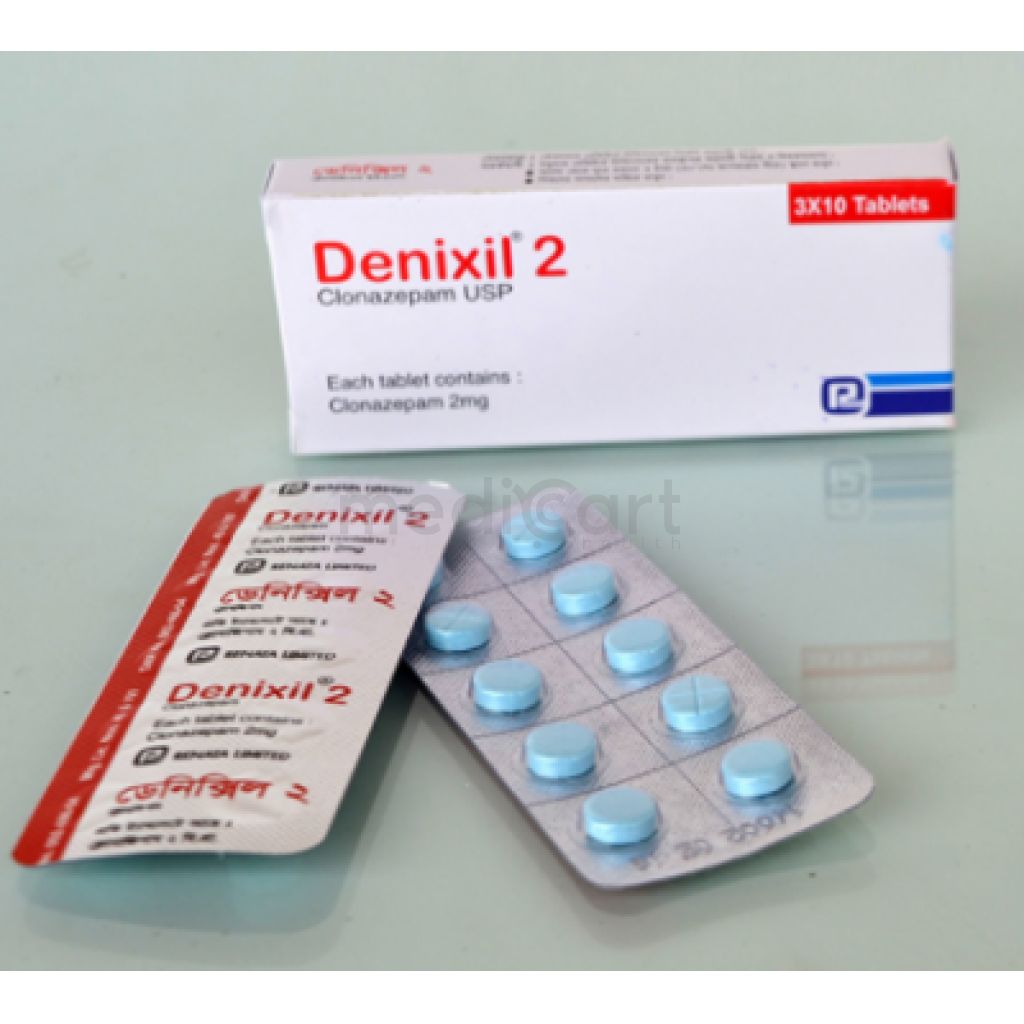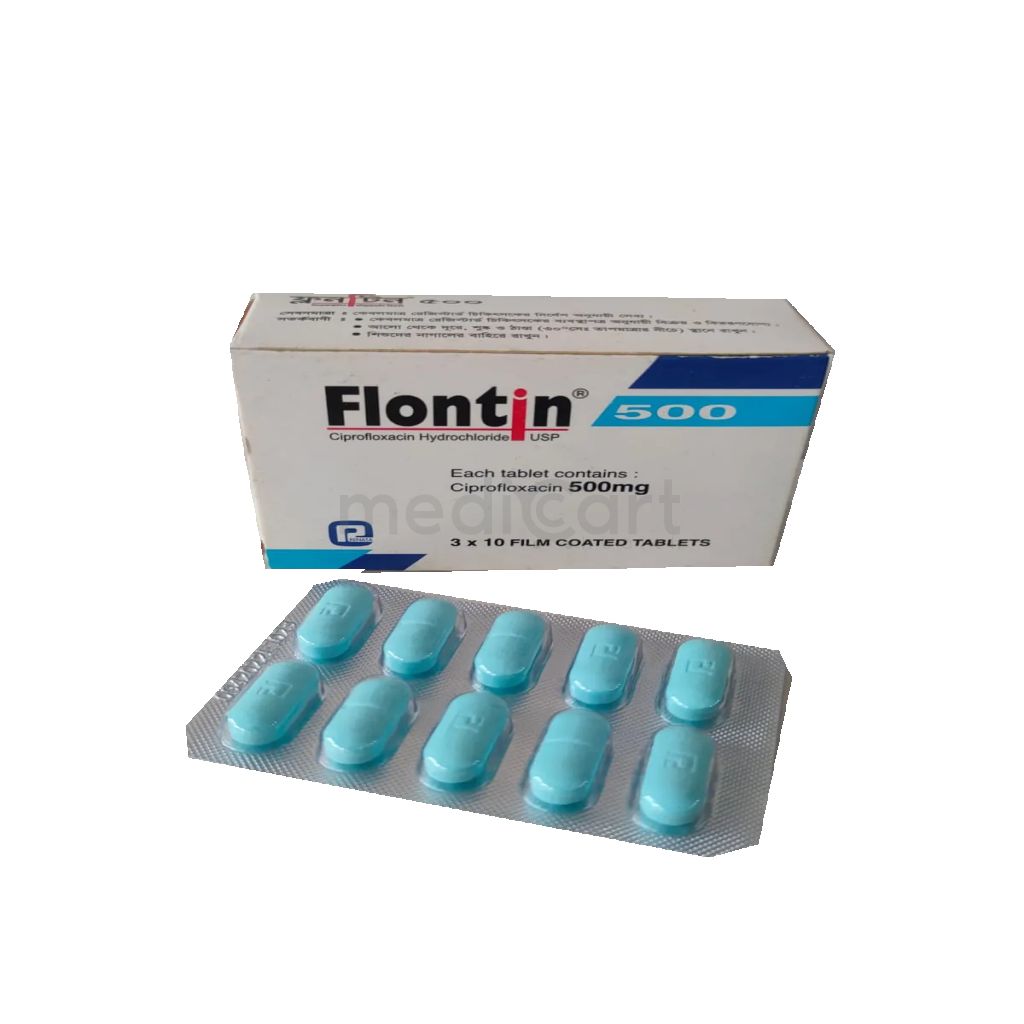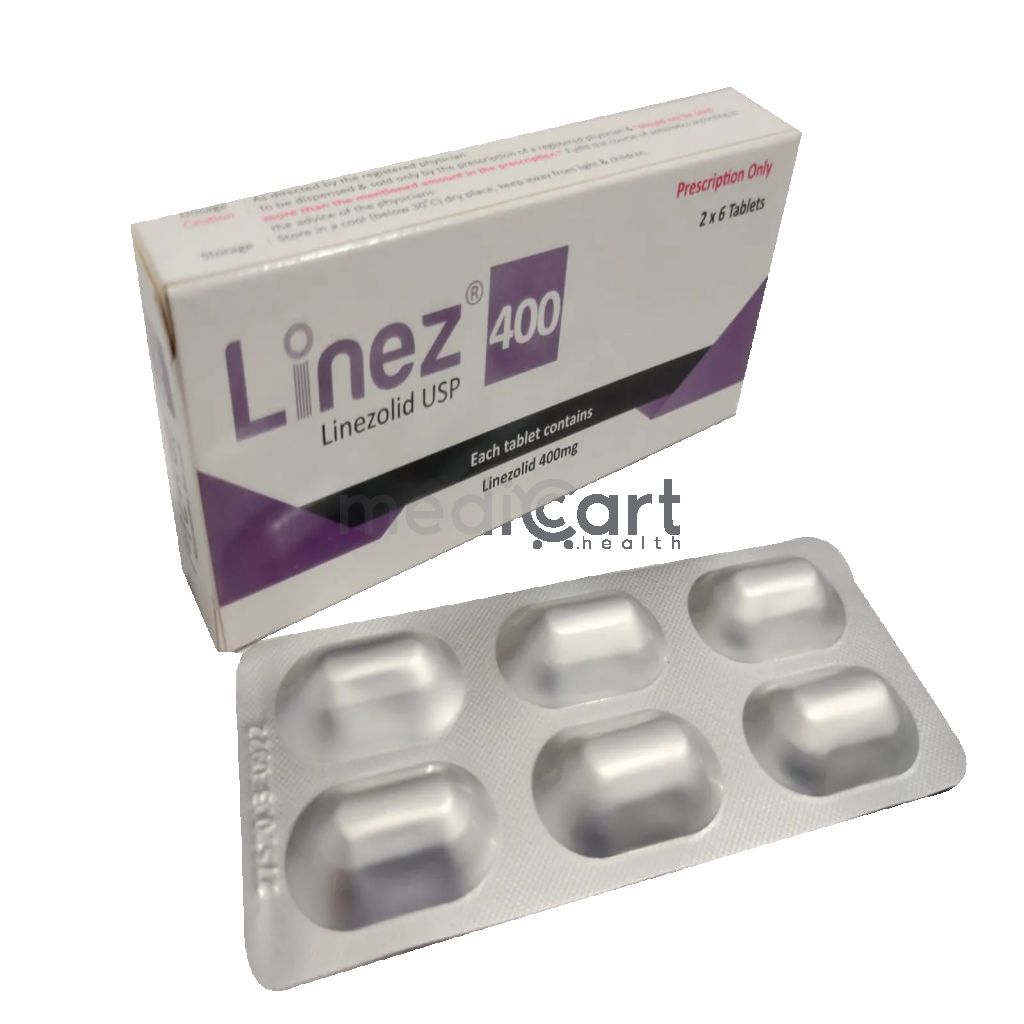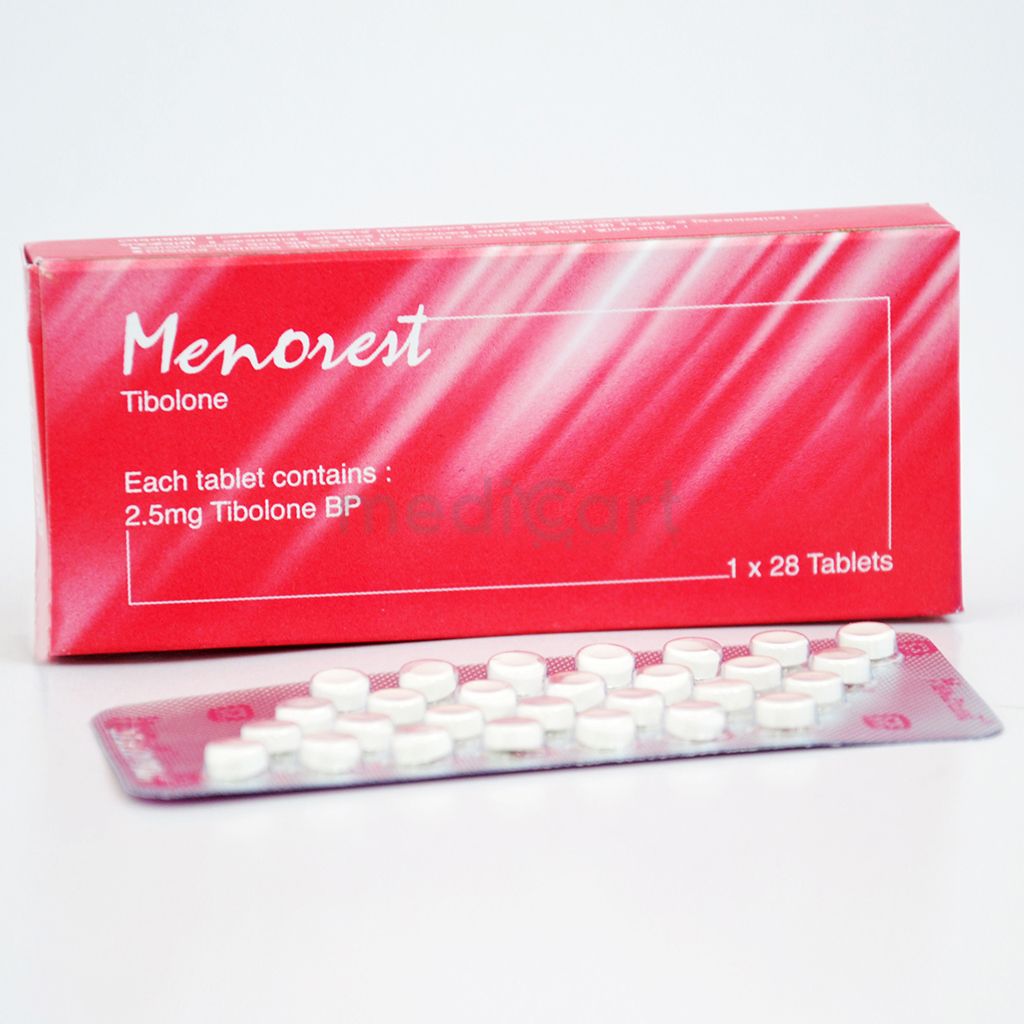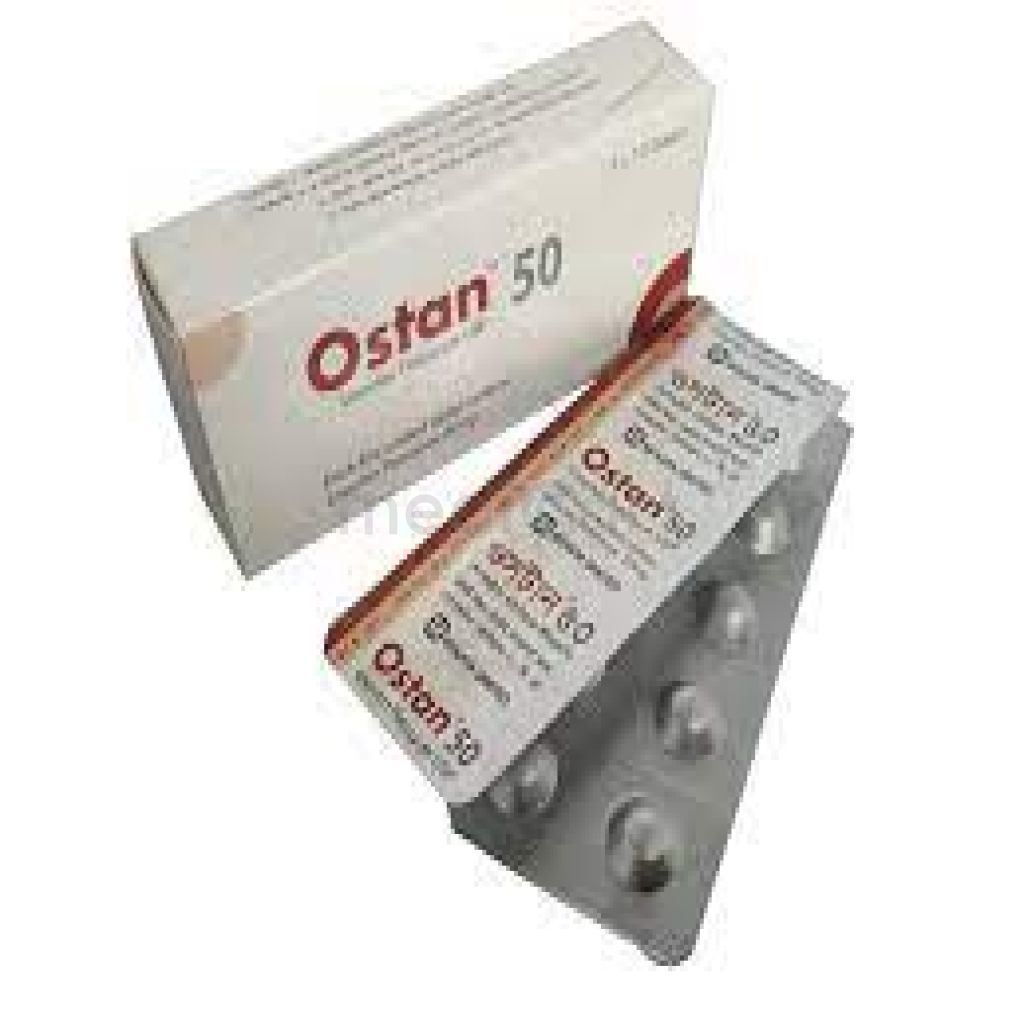

Trovastin 5/10 - 5gm
Tablet* Delivery will be done in Dhaka city only.
More Information About - Trovastin 5/10 - 5gm
Description
Generic Name
Amlodipine 5mg + Atorvastatin 10mg
Precaution
Atorvastatin may cause myopathy, and rarely rhabdomyolysis with acute renal failure secondary to myoglobinuria especially at high doses or in patients with history of renal impairment. Caution when used with CYP3A4 inhibitors which may increase plasma concentrations of Atorvastatin. Withhold/discontinue Atorvastatin if symptoms suggestive of myopathy or rhabdomyolysis are observed. Atorvastatin has been associated with biochemical abnormalities of liver; LFT should be monitored prior to and at 12 wk following treatment initiation and dosage increment; caution in patients who consume large amounts of alcohol or with history of liver disease. Worsening of angina and/or myocardial infarction has been reported with use of dihydrophyridine calcium channel blockers, especially in patients with severe obstructive coronary artery disease. Amlodipine may cause dose-dependent peripheral oedema. Caution in patients with severe aortic stenosis, symptomatic hypotension may occur. Elderly. Lactation: It is not known whether atorvastatin is excreted into human milk. Because statins have the potential for serious adverse reactions in nursing infants, women taking this drug should not breastfeed their infants
Indication
Angina, Hyperlipidaemia, Hypertension, Stroke prevention
Contra Indication
Active liver disease or unexplained persistent elevated hepatic transaminases. Pregnancy and lactation.
Dose
N/A
Side Effect
>10% Amlodipine Peripheral edema (2-15%) Atorvastatin Arthralgia (4-12%),Diarrhea (5-14%),Nasopharingitis (4-13%) 1-10% Amlodipine Palpitation (1-5%),Dizziness (1-3%),Flushing (1-5%),Somnolence (1-2%),Rash (1-2%),Fatigue (5%),Pruritus (1-2%),Male sexual dysfunction (1-2%),Nausea (3%),Dyspepsia (1-2%),Dyspnea (1-2%),Weakness (1-2%) Atorvastatin Nausea (4-7%),Dyspepsia (3-6%),Increased transaminases (2-3% with 80 mg/day),Urinary tract infection (4-8%),Insomnia (1-5%),Myalgia (3-8%),Musculoskeletal pain (2-5%),Respiratory pharyngeal pain (1-4%) <1% Amlodipine,Abnormal vision,Arthralgia,Chest pain,Abnormal dreams,Increased apetite,Acute interstitial nephritis,Alopecia,Conjunctivitis,Cough,Depression,Dysphagia,Flatulence, Atorvastatin Amnesia,Alopecia,Anorexia,Colitis,Confusion,Bullous rash,Biliary pain,Anemia,Cholestatic jaundice,Duodenal ulcer Potentially Fatal: Rhabdomyolysis with acute renal failure.
Pregnancy Category
Name : Not Classified
Description
FDA has not yet classified the drug into a specified pregnancy category.Mode of Action
Amlodipine is a dihydropyridine calcium channel blocker which relaxes peripheral and coronary vascular smooth muscle. It produces coronary vasodilation by inhibiting the entry of Ca ions into the voltage-sensitive channels of the vascular smooth muscle and myocardium during depolarisation. It reduces peripheral vascular resistance and hence resulting in a reduction of blood pressure. In vasospastic angina, Amlodipine also inhibits coronary spasm in patients with vasopastic angina. Atorvastatin selectively and competitively inhibits HMG-CoA reductase, the enzyme that catalyses the conversion of HMG-CoA to mevalonate which is a rate-limiting step in cholesterol biosynthesis.
Interaction
Rifamycins may increase the metabolism of both Amlodipine and Atorvastatin. Atorvastatin may increase AUC of norethindrone and ethinyl estradiol. Potentially Fatal: Atorvastatin: Increased risk of myopathy when used concurrently with fibric acid derivatives, lipid-modifying doses of niacin, cyclosporine or strong CYP3A4 inhibitors (e.g. clarithromycin, HIV protease inhibitors, itraconazole). Cyclosporine (OATP1B1 inhibitor) may significantly increase bioavailability of Atorvastatin.
Pregnancy Category Note
Pregnancy Hypertension in pregnancy increases maternal risk for pre-eclampsia, gestational diabetes, premature delivery, and delivery complications (e.g., need for cesarean section and post-partum hemorrhage); hypertension increases fetal risk for intrauterine growth restriction and intrauterine death; pregnant women with hypertension should be carefully monitored and managed accordingly Atorvastatin Contraindicated for use in pregnant women since safety in pregnant women not established and there is no apparent benefit of lipid lowering drugs during pregnancy; because HMG-CoA reductase inhibitors decrease cholesterol synthesis and possibly synthesis of other biologically active substances derived from cholesterol, atorvastatin may cause fetal harm when administered to a pregnant woman. drug should be discontinued as soon as pregnancy is recognized; limited published data on use of atorvastatin are insufficient to determine drug-associated risk of major congenital malformations or miscarriage; in animal reproduction studies in rats and rabbits there was no evidence of embryo-fetal toxicity or congenital malformations at doses up to 30 and 20 times, respectively, human exposure at MRHD of 80 mg, based on body surface area (mg/m2); in rats administered atorvastatin during gestation and lactation, decreased postnatal growth and development was observed at doses ?6 times the MRHD Amlodipine The limited available data based on post-marketing reports with amlodipine use in pregnant women are not sufficient to inform a drug-associated risk for major birth defects and miscarriage; there are risks to mother and fetus associated with poorly controlled hypertension in pregnancy (see Clinical Considerations); in animal reproduction studies, there was no evidence of adverse developmental effects when pregnant rats and rabbits were treated orally with amlodipine maleate during organogenesis at doses approximately 10 and 20-times MRHD; respectively; however for rats, litter size was significantly decreased (by about 50%) and number of intrauterine deaths was significantly increased (about 5-fold); amlodipine has been shown to prolong both gestation period and duration of labor in rats at this dose Females and males of reproductive potential Advise females of reproductive potential to use effective contraception during treatment with drug combination Lactation Contraindicated Atorvastatin Atorvastatin use is contraindicated during breastfeeding; there is no available information on effects of drug on breastfed infant or effects of drug on milk production; it is not known whether atorvastatin is present in human milk, but shown that another drug in this class passes into human milk and atorvastatin is present in rat milk; because of potential for serious adverse reactions in breastfed infant, advise women that breastfeeding is not recommended during treatment with drug combination Amlodipine Limited available data from a published clinical lactation study reports that amlodipine is present in human milk at estimated median relative infant dose of 4.2%; no adverse effects of amlodipine on breastfed infant observed; there is no available information on effects of amlodipine on milk production
Adult Dose
Hypertension/Angina & Hyperlipidemia Dosage must be individualized for each individual component for treatment of hypertension, angina, and/or hyperlipidemia; amlodipine dose may be titrated after 1-2 weeks and the atorvastatin dose after 2-4 weeks; not to exceed 10 mg amlodipine or 80 mg atorvastatin 2.5-10 mg amlodipine; 10-80 mg atorvastatin PO qDay Hepatic Impairment: Contraindicated in active liver disease Elderly: May initiate Amlodipine component at 2.5 mg once daily.
Child Dose
Hypertension & Hyperlipidemia Dosage must be individualized for each individual component for treatment of hypertension/hyperlipidemia; amlodipine dose may be titrated after 1-2 weeks and the atorvastatin dose after 2-4 weeks; not to exceed 5 mg amlodipine or 20 mg atorvastatin <6>6 years: 2.5-5 mg amlodipine; 10-20 mg atorvastatin PO qDay
Renal Dose
Dose adjustment not necessary
Administration
May be taken with or without food.
Disclaimer
The information provided herein are for informational purposes only and not intended to be a substitute for professional medical advice, diagnosis, or treatment. Please note that this information should not be treated as a replacement for physical medical consultation or advice. Great effort has been placed to provide accurate and comprehensive data. However, Medicart along with its authors and editors make no representations or warranties and specifically disclaim all liability for any medical information provided on the site. The absence of any information and/or warning to any drug shall not be considered and assumed as an implied assurance of the Company.

